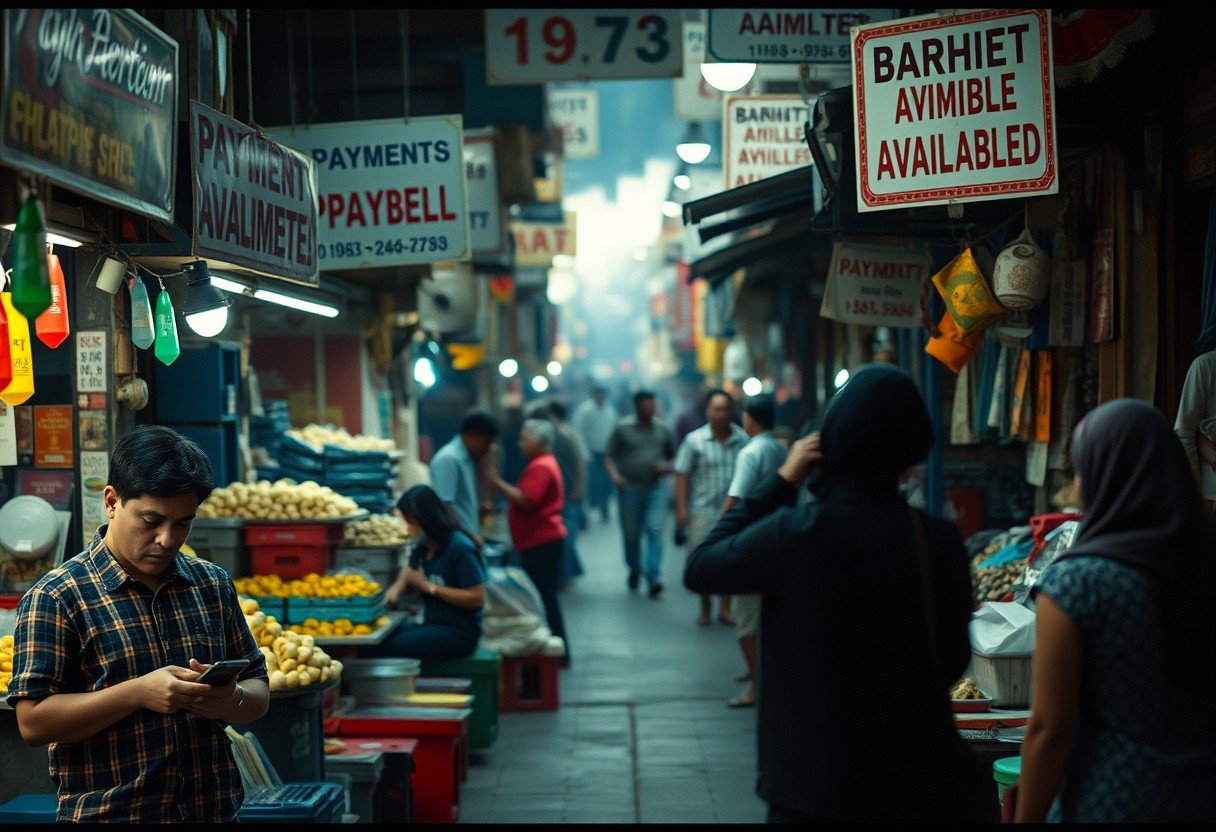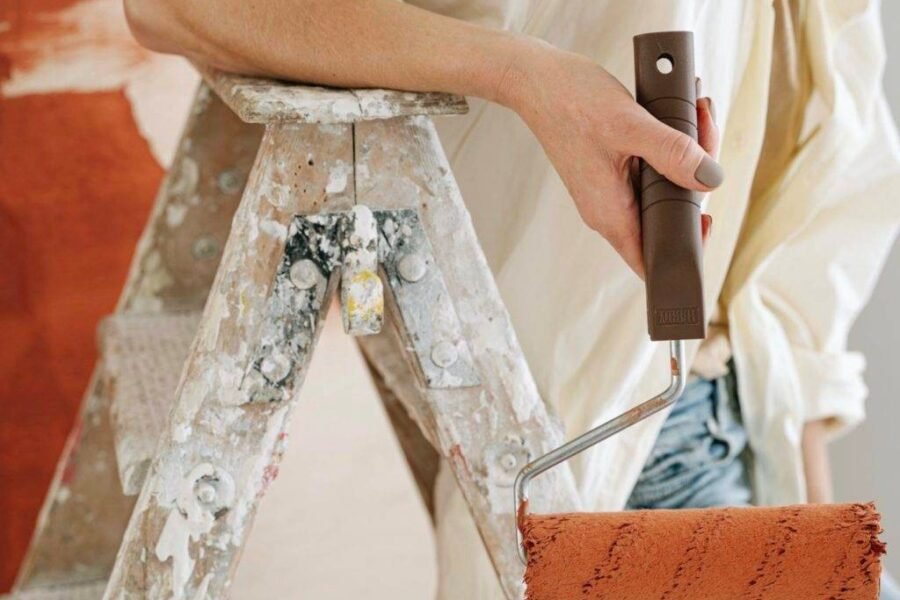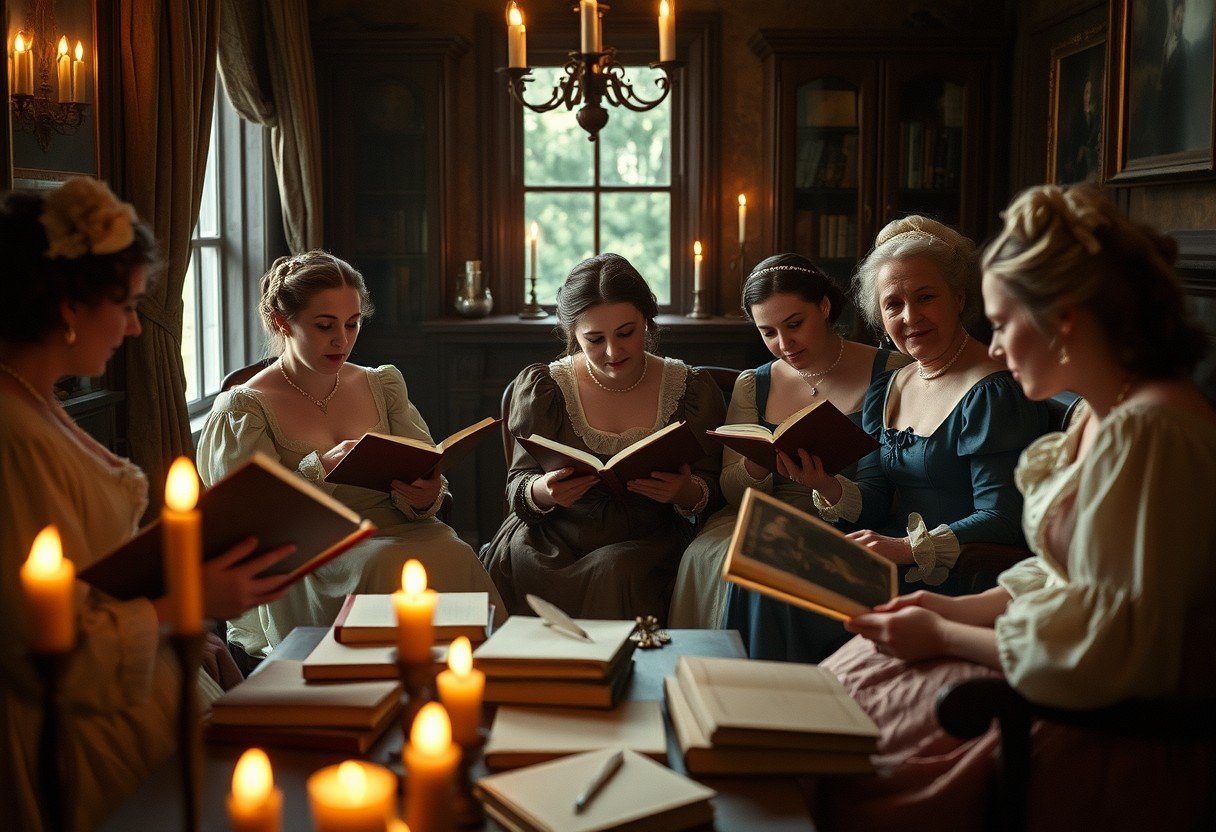Witchcraft is a personal journey of empowerment, connecting you with your inner power and the world around you. This guide will help you understand the basics, from core principles to casting your first simple spell. Whether you practice alone or with a coven, modern witchcraft offers a path to enhance your spiritual life. It is about setting intentions and using focused energy to create positive change in your life and the lives of others.
What is Modern Witchcraft Really About?
Modern witchcraft is not a single, rigid religion. Instead, it is a diverse spiritual practice that includes many different traditions and beliefs. Some people follow established paths like Wicca, while others create their own eclectic style by blending various elements that resonate with them.
The core of the practice is about recognizing and working with the natural energies of the universe. It’s a way to foster a deeper connection with nature, yourself, and the spiritual world. It is not about a specific deity or dogma but about personal experience and growth.
Ultimately, witchcraft is a craft—a skill that you develop over time through study, practice, and intuition. It empowers you to take an active role in shaping your reality. This journey is unique to every individual, tailored to their personal beliefs, needs, and goals.
Understanding the Core Principles of Witchcraft
Before diving into spellwork, it’s essential to understand the ethical foundations that guide many witches. These principles are not strict rules but rather values that promote responsible and mindful practice. They help ensure that your actions are aligned with positive and constructive outcomes.
One of the most well-known principles is the idea of “harm none.” This encourages practitioners to consider the consequences of their actions and to avoid causing harm to themselves, others, or the environment. It is a guiding light for ethical spellcasting and daily life.
Many witches also follow a concept similar to the Law of Threefold Return. This belief suggests that whatever energy you send out into the universe—positive or negative—will be returned to you, but magnified. It serves as a powerful reminder to act with good intentions.
To keep these foundational values in mind, consider these key points:
- Intention is Everything: Your spell is guided by your intention. Always ensure it is clear, positive, and well-defined before you begin.
- Respect for Nature: Many witchcraft traditions are earth-based. This involves respecting the environment, working with the seasons, and using natural materials ethically.
- Personal Responsibility: You are responsible for the energy you put out and the magic you create. This principle encourages self-awareness and accountability.
The Anatomy of a Spell for Beginners
Spells are the practical application of your intentions. Think of them as a focused prayer or a ritualized form of goal-setting. Each spell has several key components that work together to manifest your desired outcome. Your personal energy is the fuel that powers the entire process.
The first and most critical element is your intention. What do you want to achieve? Be as specific as possible. Instead of a vague wish for “happiness,” you might focus on “attracting a joyful friendship.” Writing down your intention or speaking it aloud can help solidify it in your mind.
Next, you’ll outline the ritual. This is the sequence of actions you’ll take to raise and direct energy. It doesn’t have to be complicated. It could be as simple as lighting a candle, holding a crystal, and meditating on your goal. The structure of the ritual helps focus your mind and energy.
Finally, you will cast the spell by releasing the energy you’ve raised toward your goal. This can be done by letting a candle burn down, burying ingredients in the earth, or simply visualizing the energy flowing out from you. After the spell is cast, it’s important to let go and trust that the universe is working on your behalf.
Choosing Your Ingredients for Spellwork
Ingredients in witchcraft are not magic in themselves; they are tools that help you focus your energy and intention. Each herb, crystal, and candle has its own unique energetic properties and symbolic meanings that can enhance your spell. Connecting with your ingredients is a key part of the process.
As you gather your materials, take a moment to hold them and feel their energy. This helps you build a relationship with your tools and attune them to your purpose. For example, if you are working on a spell for prosperity, you might choose ingredients associated with abundance, like cinnamon or a green candle.
The table below lists some common ingredients and their traditional associations to help you get started on your witchcraft journey.
| Ingredient | Primary Association | Common Uses in Spells |
|---|---|---|
| Rosemary | Cleansing & Protection | Purifying a space, protection charms, memory spells |
| Rose Quartz | Love & Compassion | Attracting love, self-love rituals, healing emotional wounds |
| Lavender | Calm & Peace | Spells for sleep, reducing anxiety, promoting peace |
| White Candle | Purity & General Purpose | Can be used as a substitute for any other color, cleansing |
Remember, these are just guidelines. Your intuition is your most powerful tool. If an ingredient feels right for your spell, even if it’s not on a traditional list, trust your instincts.
Finding Your Path with a Coven or as a Solitary Practitioner
One of the biggest decisions on your witchcraft journey is whether to practice alone or join a coven. A coven is a group of witches who gather for rituals, learning, and mutual support. There is no right or wrong answer; the best path depends on your personality and spiritual needs.
Joining a coven can offer immense benefits, especially for beginners. It provides a structured learning environment, guidance from experienced practitioners, and the powerful experience of raising energy as a group. When looking for a coven, it’s important to find a group whose values and practices align with your own.
On the other hand, many people thrive as solitary practitioners. Practicing alone offers complete freedom to develop a craft that is uniquely yours. You can set your own schedule, create your own rituals, and follow your intuition without compromise. This path requires self-discipline and a passion for research, but it can be incredibly rewarding.
Expanding Your Practice Beyond Spells
While spells are a central part of witchcraft, they are not the only part. Many other practices can deepen your self-awareness and enhance your connection to the energies around you. Incorporating these activities can make your craft richer and more integrated into your daily life.
Meditation is a powerful tool for quieting the mind, which is essential for focused spellwork. It helps you connect with your inner self and the subtle energies of the universe. Even five minutes of daily meditation can make a significant difference.
Divination tools like tarot cards, runes, or scrying can provide insight and guidance. They are not about predicting a fixed future but about exploring the energies at play in a situation, helping you make more informed decisions.
Finally, keeping a journal, often called a Book of Shadows or grimoire, is an invaluable practice. It’s a place to record your spells, ritual experiences, tarot readings, and personal reflections. Over time, it becomes a personalized guide to your unique magical journey.
Frequently Asked Questions about Witchcraft
Do I need special tools to start witchcraft?
No, you don’t need anything fancy to start. Your most important tools are your intention, focus, and personal energy. You can begin with simple items you already have, like candles or herbs from your kitchen.
What is the difference between Wicca and witchcraft?
Witchcraft is a broad practice of magic and energy work, while Wicca is a specific, modern religion that falls under the umbrella of witchcraft. All Wiccans are witches, but not all witches are Wiccan.
How do I set a clear intention for a spell?
To set a clear intention, be specific and positive. Instead of “I don’t want to be sad,” try “I invite joy and peace into my life.” Writing it down or saying it aloud can help you focus your thoughts.
Is witchcraft dangerous?
Like any tool, the outcome of witchcraft depends on the user’s intention. The core principles of “harm none” and personal responsibility guide practitioners to use their craft for positive and constructive purposes, making it a safe and empowering practice.
Can I create my own spells?
Absolutely! Creating your own spells is one of the most powerful and personal aspects of witchcraft. As you learn about different correspondences and trust your intuition, you can design rituals that are perfectly tailored to your needs.







Leave a Comment